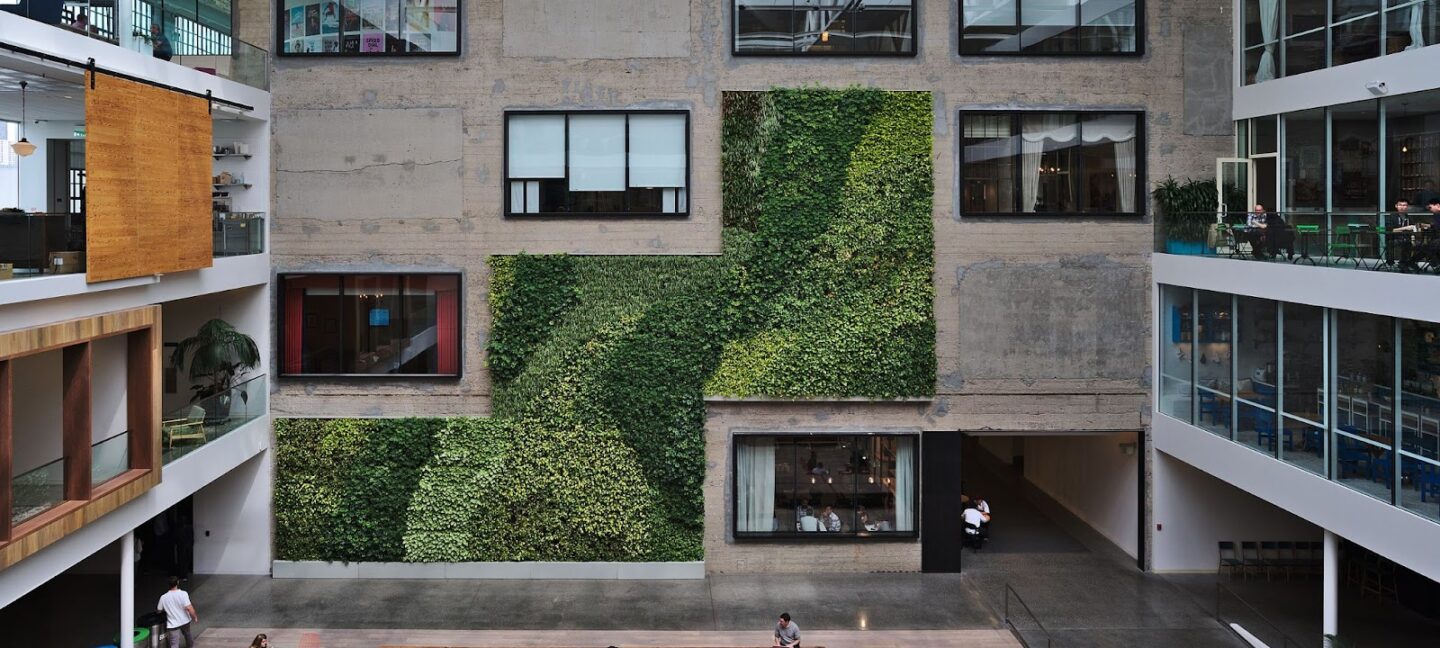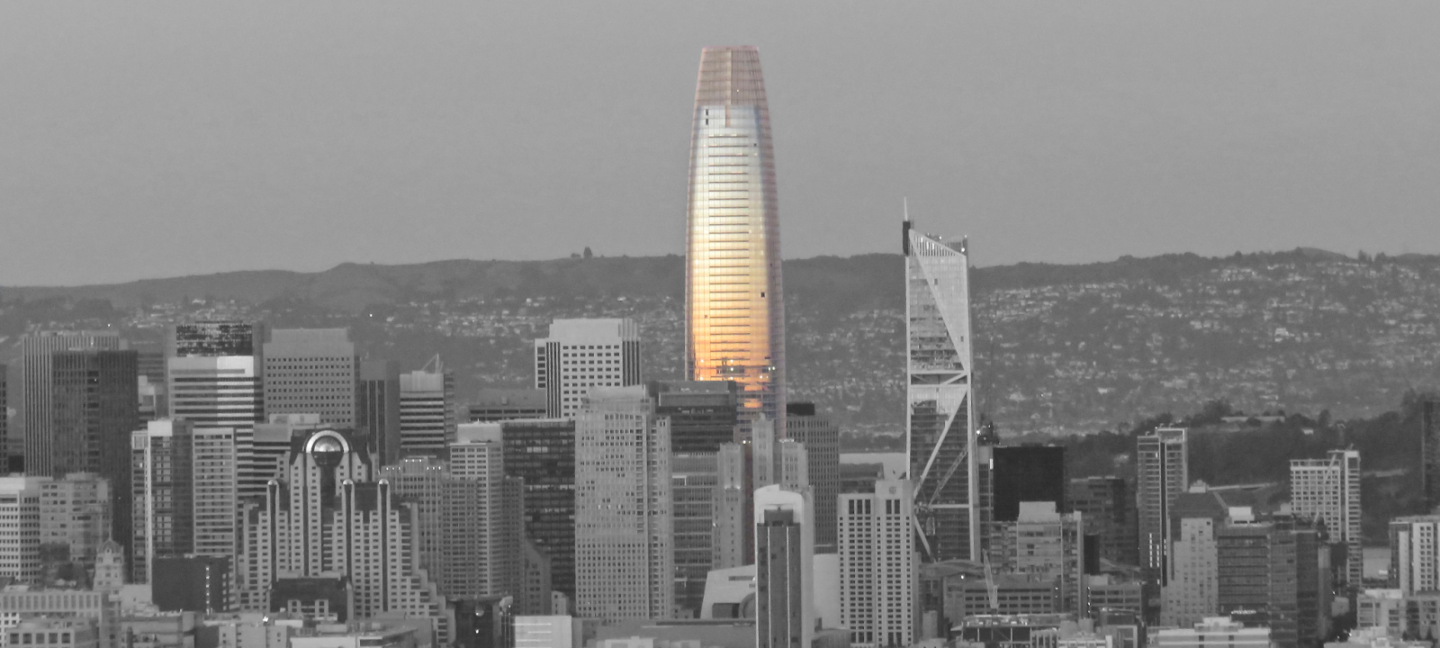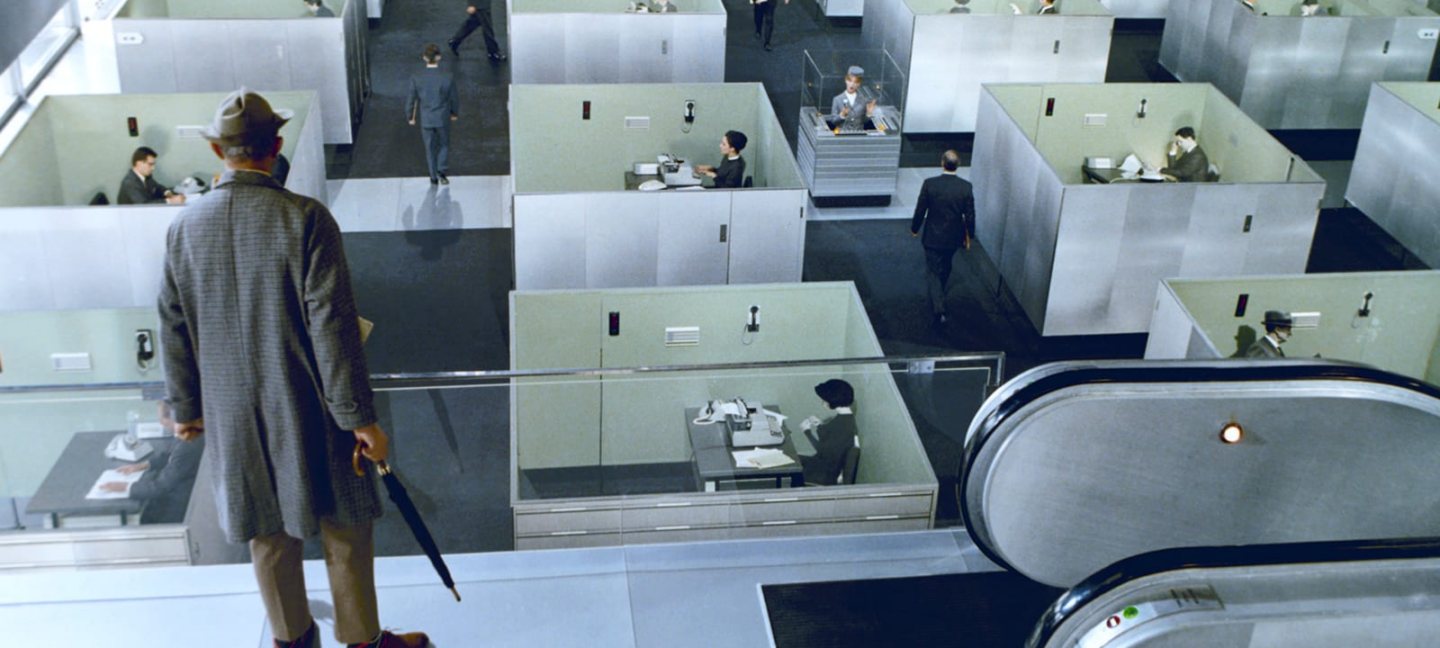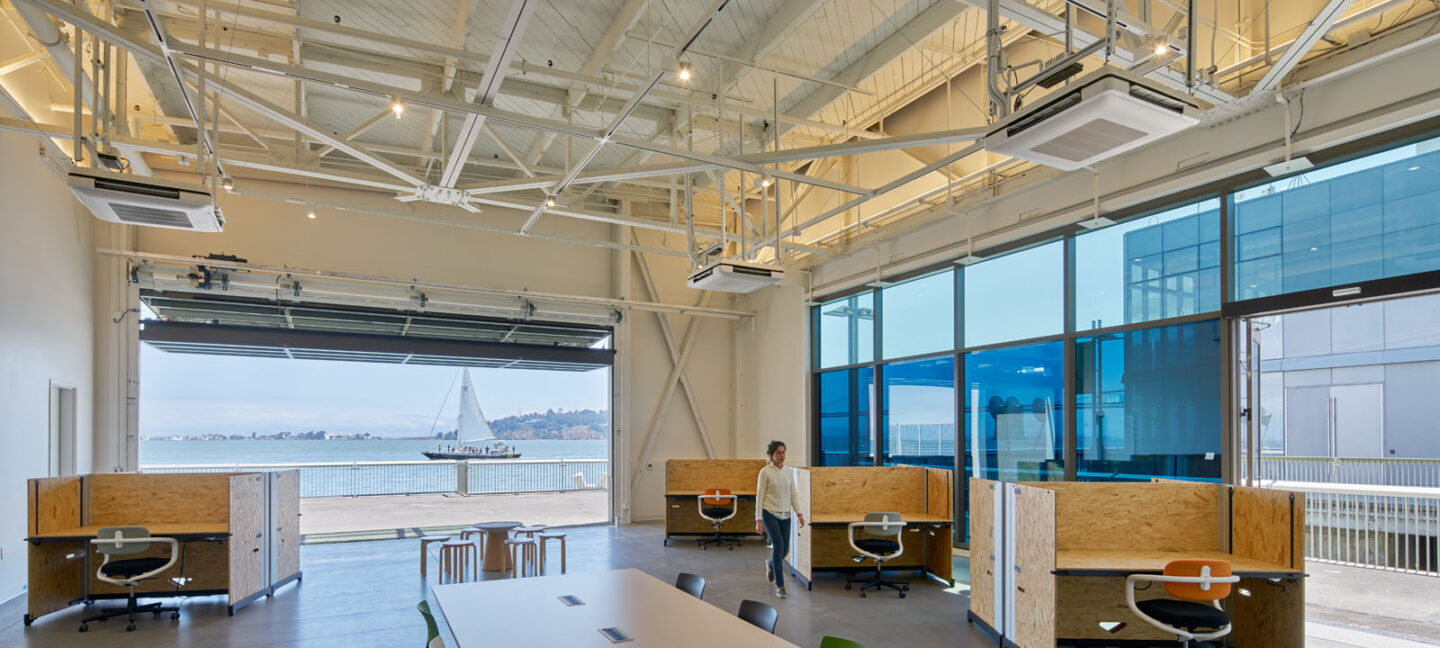
Published March 30, 2022.
Over the past two years, people’s mindsets around the relationship to the office have definitely shifted. Health concerns left large workplaces empty, while small home offices popped up, and people maintained work interactions through video conferencing. In San Francisco alone, over 17 million square feet of office space were vacant across the city last summer (compared to under 5 million square feet of vacant space at the start of the previous year). For context, 17 million square feet of vacant office is the equivalent of 12.7 Salesforce Towers worth of empty office space spread across the city.
Yet the change – or the perception of the change – is not uniform from one organization to the next: mindset shifts largely depend on preexisting corporate cultures, as well as the vision an organization has for its post-pandemic work environment. Companies are not waiting to begin preparations, instead, they are redesigning their workspaces as remote work is a major part of firms’ strategies and prioritizing employees when developing plans.
Swissnex in San Francisco is no exception: the innovation outpost of Switzerland in Silicon Valley located in a large historic Pier by the Bay is seizing the opportunity to explore, redesign but also showcase and share with a local community of partners its own concept for the workplace of the future.
Beyond references inherited from the past, and/or projections into the future, the “return to the office” appears to be critical in changing attitudes on the role of the workplace.
So, what have we learned?
Because periods of confinement were experienced by most employees around the world, new forms of collaboration appeared mainly online (virtual meetings; webinars; hybrid events; break-out rooms), replicating and adjusting existing formats in the digital world.
At the level of organizations, radically different experiences took place – from keeping staff at home permanently except for limited social gatherings such as retreats, to enforcing a rigid 5 days/week return to work policy – each entity had to come up with a plan.
Atlassian employees are only requested to come into the office four times a year, while Dropbox has become a Virtual First company, suggesting to focus on impact, not busyness. On the other side of the spectrum, CEO and Chairman of JPMorgan Chase told his employees he’s fine with greater flexibility for employees working from home part time, but there is no substitute for being at the office.
A short period of experimentation unsurprisingly revealed that employees need both new formats for collaboration, and more flexibility around physical presence at the workplace: while the benefits of serendipitous exchanges at the coffee machine are real and irreplaceable for creativity, culture and/or team building, the mandatory presence of staff at the office – regardless of the nature of tasks – is also a limitation to embracing a vast new field of opportunities to redesign time and space.

An immersive workspace is no longer limited to a desk in our Towers; the 9-to-5 workday is dead; and the employee experience is about more than ping-pong tables and snacks.
According to a recent Gallup’s study conducted with more than 9,000 American workers in May-June 2021, 91% of workers working at least some of their hours remotely are hoping their ability to work at home persists after the pandemic.
“An immersive workspace is no longer limited to a desk in our Towers; the 9-to-5 workday is dead; and the employee experience is about more than ping-pong tables and snacks.” says Brent Hyder, Chief of People Officer at Salesforce, while adopting a ‘Success-From-Anywhere’ approach whereby employees have the flexibility to work “how, when and where works best for them”.
To that end, the manifestation of the corporate mind-shift is reflected through a degree of flexibility offered to employees to decide where and how they work. But more importantly, the true understanding of the emergence of new formats of collaboration – physically represented in the workplace through various ad hoc spatial concepts, including hybrid – is the visible part of the new paradigm.

How can we reimagine the use of our workspace?
Along with the redefinition of the workplace, inevitable questions arose around needs: who is coming back to the office? What for? Is the current work environment still suitable? What does the office now have to offer? While employees ask for more flexibility with their schedules, it’s critical for workplaces to implement new formats for work and collaboration and to amend the old layout – often consisting of an arrangement of workstations and individual desks.
Workplaces can reasonably no longer be a destination for employees – sometimes living many miles away – to (mainly) process emails. Instead, they are an opportunity to best represent the identity of an organization and to showcase its value proposition through the physical manifestation of its offices.
By extending a new paradigm into the physical layout of their workspace, organizations have the unique opportunity to redefine “the office” as a social anchor; a magnet for collaboration; a community-building tool; or to simply make a statement about their identity and core values.
From the Roman Latin ‘officium’ (loosely meaning ‘bureau’) to the ‘Covid Home Office’, many concepts have defined and redefined the workplace: the open plan from Frank Lloyd Wright; the Bürolandschaft (space planning that use irregular geometry and organic circulation patterns); the Herman Miller action office; the cubical farms; co-working spaces; hot desks; or worktivity (which is about spaces for mobile and flexible staff designed for socializing, playing, exercising in a healthy place). The post-pandemic era is no exception, and its flavors seem articulated around new forms of collaboration, and the emergence of the concept of employee experience (EX).

Swissnex in San Francisco, a Case Study for the Future of Work
Once featured in Microsoft News hit list of the “’coolest workplaces on the planet”, Swissnex in San Francisco has been at the avant-garde of reflection around the Future of Work for years, notably hosting a series on the topic, in collaboration with a variety of voices and viewpoints from San Francisco Bay Area and the Silicon Valley.
After 2 years of experimentation and testing assumptions, the innovation outpost of Switzerland on the West Coast is using the blank canvas emerging from the pandemic as an experimental framework designed to achieve a triple objective.
- Operational – to implement a versatile platform designed to accommodate various spatial formats for collaboration (town halls; team meetings; small workshops; video conferencing; hybrid events; bilateral get-togethers);
- Social – to develop the “social hub” dimension of the workplace, where interactions are driven by intentionality, user experience, and serendipity;
- Strategic – to strengthen relationships with partners and stakeholders by including them in the experimentation.
Since like-minded people get together on their own terms, collaborating, sharing ideas and achieving goals, the workplace becomes the unique representation of its purpose and values, and so becomes a place of belonging.

The office of Swissnex in San Francisco
The Club redefines the purpose of the physical office – it shifts it away from being a place of individual head-down work to a place of collaboration, exchange and belonging. It’s like a magnet, drawing people into the office to start their work journey for the day.
Working closely with the Swiss-based furniture company Vitra around its new “Club Office” concept, Swissnex is designing a new physical manifestation of its identity to host its community: members, clients, stakeholders, and partners.
Referring to it as a magnet, Pirjo Kiefer and Tim Reusch of Vitra’s Consulting & Planning Studio define what is new about the concept? “The Club redefines the purpose of the physical office – it shifts it away from being a place of individual head-down work to a place of collaboration, exchange and belonging. It’s like a magnet, drawing people into the office to start their work journey for the day.”
As a center for Science Diplomacy, an innovation hub; an accelerator for startups; a nexus for art, science and higher education projects; and a networking platform, Swissnex offers its office space as a field for experimentation where spontaneous encounters and easy informal collaboration is encouraged, as well as team meetings, workshops and more formal knowledge exchanges.
Focusing on people in the workplace is long overdue. Organizations can seize this moment to implement a more visual representation of their identity, elevating a sense of belonging and common purpose, especially by prioritizing communal spaces but also by acknowledging the hybrid nature of contemporary work.
Providing an optimal EX is not just about perks and free coffee: it requires looking at people first by exploring how they view their employee journeys, but also by focusing on the interactions that matter to enhance satisfaction, performance, productivity, and retain staff.
Written by Julien Vergély, Chief Operating Officer at Swissnex in San Francisco